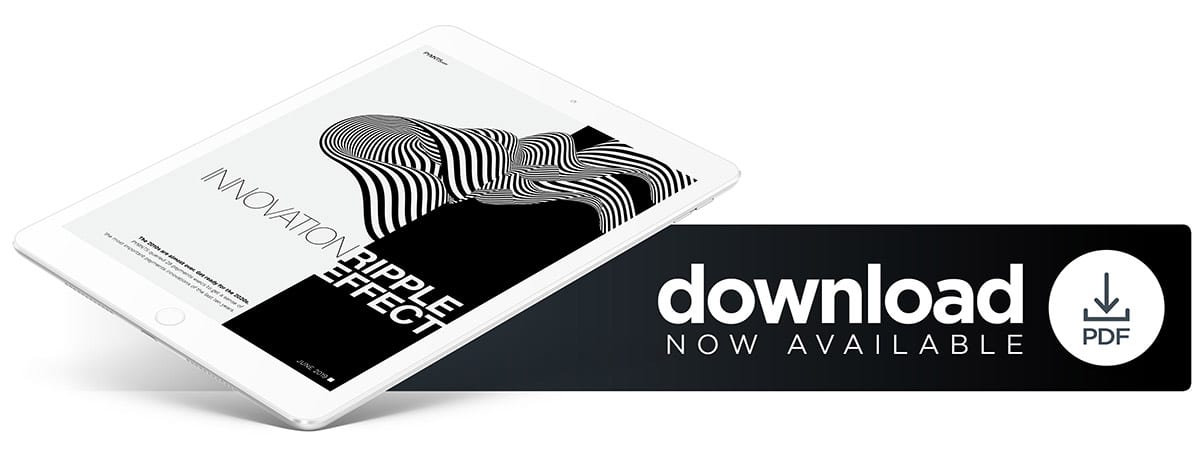Payments Execs Weigh In On Innovation For The Roaring 2020s

The 2010s are almost over — get ready for the 2020s. PYMNTS queried 29 payments execs to get a sense of the most important payment innovations of the last 10 years, with ripple effects still being felt. Hindsight is 20/20, and useful as we get ready for 2020.
 A decade is a nice, round number — a convenient marker for what has come and what is coming. We as humans tend to measure our lives in decades, referring to ourselves as children of the ’60s, perhaps, or pining wistfully for the synthesized pop sounds of the ’80s.
A decade is a nice, round number — a convenient marker for what has come and what is coming. We as humans tend to measure our lives in decades, referring to ourselves as children of the ’60s, perhaps, or pining wistfully for the synthesized pop sounds of the ’80s.
In payments, 10 years is a long time — where everything can change, and where once fanciful notions can become ubiquitous new ways of transacting. That said, we are now at the six-month mark of 2019, and a new decade looms. Call it the sunsetting of the 2010s, an opportune time to preview everything from eCommerce to artificial intelligence (AI), from A to Z — here, we can term it APIs to Zelle.
To get a sense of the most significant seismic shifts that have pushed payments innovation inexorably ahead through the past 10 years, as well as what lies over the horizon, PYMNTS queried 29 C-level executives with a collective thumb on the pulse of innovation. Each of these men and women were asked to name the single, most important innovation that has had a ripple effect through the ecosystem. The answers were varied, spanning from blockchain to instant payouts.
The particular innovations spotlighted were varied as well, tied to, say, consumer-specific or B2B-specific cases. However, common threads that ran through the tapestry lie with technology’s transformation, marked by speed, intelligence and mobility.
It can be argued that the consumer experience has been leading by example through the past few years, giving merchants and financial institutions a roadmap of what to do and what not to do when it comes to satisfying demand and creating as frictionless a commerce experience as possible.
The flip phones of earlier in the millennium are, largely, a memory. Now, smartphones can help one shop whenever and wherever, transacting by tapping. Machine learning and AI can help merchants tailor relevant offers, real time and in context.
Technology has also proven invaluable in the ongoing fight against fraudsters, who are increasingly moving online, as consumers are doing the same. One laggard has been catching up a bit: B2B, where the paper chase is becoming a bit more streamlined and digital as transactions move across borders, currencies and time zones. No matter the application, risk analysis is crucial, especially in an age when know your customer (KYC) is as much a mandate as it is good business sense.
If there is one constant in innovation, especially payments innovation, it is that it’s constantly evolving. We may look back on the relative clunkiness of what went before and chuckle, and say it was “obvious” that we’d wind up where we are now, given the road we’ve traveled. Past is prologue, as they say, even if it is not a specific predictor. Hindsight may be 20/20, but it’s crucial as we get ready for 2020. Read on.
